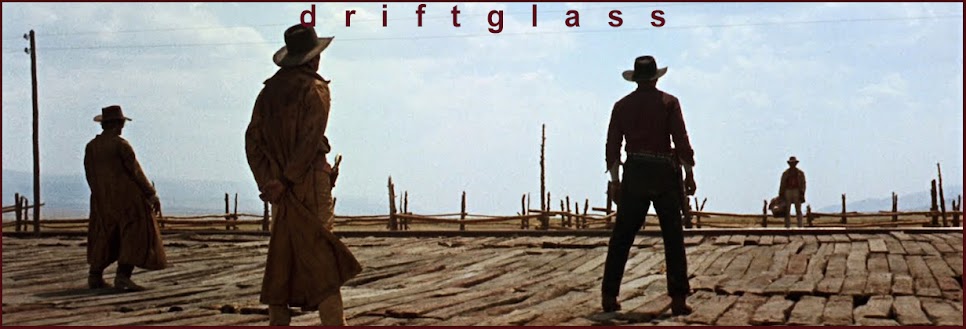
It is thick wool blanket and a shot of the good stuff by the fire on a cold night:
...It was a different business when he started. Probably a better one, too. Never mind that the Tribune props him up like a Ming vase now. If he were 22 instead of 52 and he walked in the door with the credentials he had at the beginning, the fat cats there would send him packing. As a matter of fact, that’s exactly what happened back then. And there were repeat performances at the Sun-Times and Hearst’s American. But the Daily News, where numerous Pulitzer Prizes decorated the newsroom and foreign correspondents weren’t begrudged their trench coats, hired Royko anyway in 1959. Nobody seemed to care that he was a high-school dropout who only later got a diploma and acquired his world view as an usher at the Chicago Theater and a stockboy at Marshall Field’s department store. He could do a job; that was all that mattered. He had been a reporter on a chain of weeklies in the city and had served honorably at the City News Bureau, long the proving grounds for Chicago newspapermen, and he was ready.“What the fuck did anybody at those other places know?” Royko says. “I doubt if they’d ever read The Man Who Laughs by Victor Hugo.”Royko had.That quiet commitment to culture was part of the edge he had always nurtured. The rest sprang from the. inspired craziness that his colleagues on the Daily News’s four-to-midnight shift weren’t sure would transfer to the printed page. They laughed when Royko would leave the story he was writing to climb atop a desk and do his impression of a love affair between Eleanor Roosevelt and Adlai Stevenson, but characters were hardly a rarity at the News. The inmates there had seen editors armed with copy spikes chase one another around a desk and a horse-racing writer lying naked on the managing editor’s desk so he could get a rubdown from the masseur he had steered to a winner. In neither case, unfortunately, did goofiness lead to greatness. But Royko started proving he was different as soon as the News turned him loose in 1962 on a once-a-week column from his beat at the County Building. “They were giving a lot of people columns back then,” says Charles Nicodemus, who was the paper’s whiz-kid political reporter, “but Mike’s was the only one that survived.”There were two reasons: hard work and insecurity. “When I got the column, I used to labor and sweat, just drive myself nuts twelve or fourteen hours a day,” Royko says. “If something only took me four hours to do, I knew it wasn’t any good.” He would write pieces, then tuck them in his desk the way he did his Christmas column about a modem-day Mary and Joseph who get cold-shouldered everywhere they turn. “I started working on that one in ‘63 and I didn’t let go of it until ‘67,” he says, “and the thing became a nickel-and-dime classic.”“Classic” is a description that gets tossed around regularly about Royko’s work, and not just by the man himself. It is entirely possible that no one has worked the Monday-through-Friday column grind any better than Royko, and certainly no one has worked it any longer...
Mike Royko wrote five columns a week. Every week, come death or hangover or the inevitable Cubs late-season seppuku. All of them were good. Most were great. Some made you laugh really hard. Some reached inside you and remade you.
Remember that the next time you read one of David Brooks' craven, bloodless New York Times "on the one hand but on the other hand", twice-weekly leavings.


2 comments:
Remember, DG:
Bobo doesn't write columns, he assembles piles.
Toots, that is the reason I have only read 2 of Brooksie's "columns." The bits that you quote leave a trail of slime across my eyeballs.
Royko, Ivins, and Breslin would have eaten Brooks for breakfast and not even burped.
Post a Comment